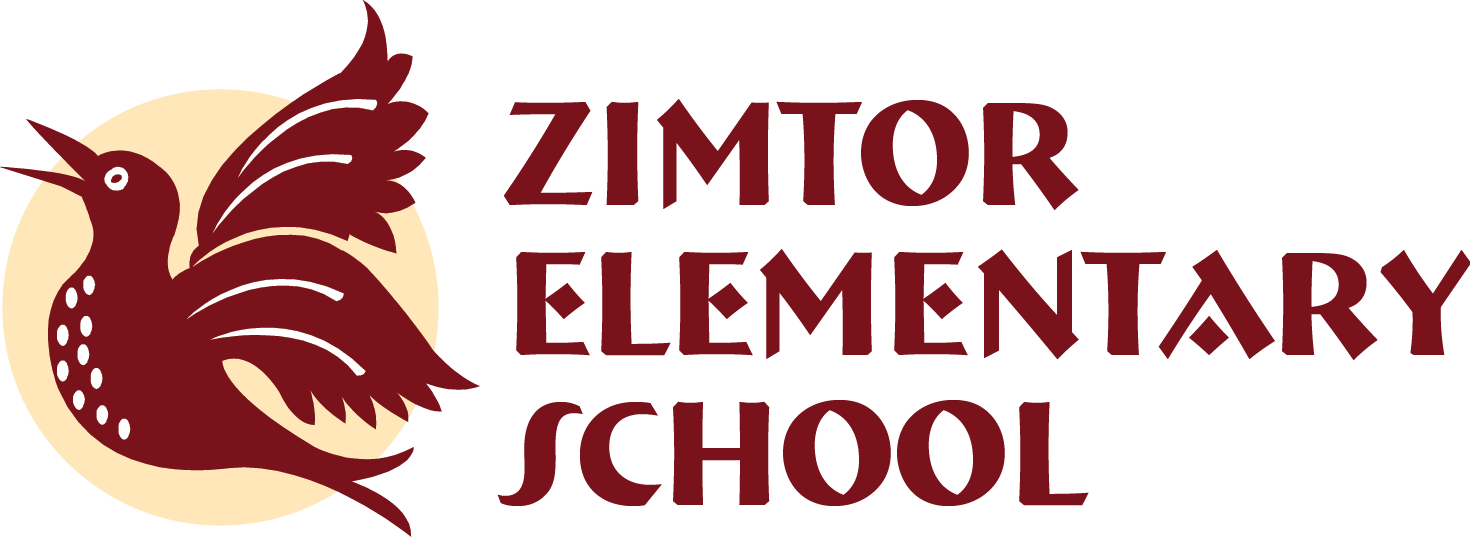About
At Zimtor, we believe that children learn best when they take an active role in shaping their own education and environment. For this reason, we strive to give children as many choices as possible. Children are free to choose their own activities for much of the day and are given an important part in many classroom decisions.
Curriculum
For choices to be meaningful, children must have a wealth of activities to choose from. Each day at Zimtor, activities are offered in language arts, mathematics, science, music, fine arts, dramatic expression, and movement. In addition, many multi-disciplinary activities are offered. For example, children often have the opportunity to cook using a printed recipe, an activity that involves aspects of language arts, mathematics, and science.
Children are expected to make progress in a variety of areas each day. If a child is failing to make progress in a particular area, the teacher negotiates with the child to find a solution.
Our curricular approach is based on the progressive project method in which a unit theme guides most of the activities of the classroom. For example, in a unit on nineteenth-century pioneer life, we might read original source materials such as diaries from the archives of the Minnesota Historical Society, work with calendars and dates to get a sense of how long ago specific events occurred, cook using authentic nineteenth-century recipes, recreate a nineteenth-century dance, and visit a living history farm such as the Oliver Kelly Farm in Elk River.
Conceptual Learning
We believe that learning conceptually allows children to remember and apply new ideas much better than learning by rote memorization, and so wherever possible children are introduced to new ideas through the use of concepts. For example, when introducing operations with negative numbers, children work with red and blue cubes in a pan. The red cubes are thought of as hot and represent positive numbers, while the blue cubes are thought of as cold and represent negative numbers. To solve the problem 4-(-2), a child would first place six red cubes and two blue cubes in the pan. Since a pair of red and blue cubes makes no net contribution to the "heat" of the pan, this is the same as four. The child would then remove the two blue cubes to get the answer of six.
Cooperation
We believe that cooperation, rather than competition, brings out the best in each person. Children at Zimtor are encouraged to work together in every activity, and many classroom activities are designed to foster cooperation specifically. In particular, all sports and games at Zimtor attempt to involve every child in some collective goal.
Free Exchange of Ideas
We believe that the best and most engaging education involves exposure to a wide range of ideas. For this reason, we encourage a free exchange of ideas and embrace controversial topics. For example, a unit on comparative religion is a regular part of our curriculum. Every idea is welcomed at Zimtor as long as it is expressed in a responsible way.
Evaluation
Because children are responsible for directing their own education at Zimtor, we have no grades or examinations. Achievement is measured with narrative evaluations that the children themselves help write. In these evaluations, only accomplishments are noted, without regard to normative expectations or goals. For example, if a child can multiply multi-digit numbers with carrying, this would be noted on the evaluation, but no comparison to other children in this area would be made.
Consensus-Based Decision Making
Many decisions that directly affect the classroom are made by consensus of the entire class. Young children adapt remarkably well to this way of making decisions. Of course the teacher is always a party to the consensus and must agree to any decisions the group arrives at.
Confict Resolution
We believe that conflicts can be resolved most effectively by identifying problems clearly, generating solutions creatively, and choosing solutions cooperatively. We are committed to using this approach with both children and parents, and to teaching children how to use this approach to solve their own problems as well.
Fairness
Every attempt is made to treat students as individuals, regardless of any group identity. Every student is expected to master the same rigorous curriculum and is evaluated by the same standards. That curriculum includes mathematics, science, and language arts in their traditional forms, although taught in the context of a progressive project approach and continuous progress. Students who have difficulty learning a particular subject are provided extra help until they have fully understood the subject; students who find learning a particular subject easy are encouraged to move forward in that subject.
Community Workdays
Every Saturday when Zimtor is in session is a community workday. Parents and children spend the morning carrying out maintenance and repair at Zimtor and then share a potluck lunch. Community workdays are optional, and our expectation is that few families would take part more than once a month, but they are a great way to spend time with other families at Zimtor and to help reduce Zimtor's operating costs.
Does It Really Work?
Zimtor is modeled on Pacific Ackworth Friends School in Los Angeles as it existed in the 1960s when our teacher/director, Lewis Campbell, was a student there. Pacific Ackworth was then a K-8 school, and every student adapted very well to working independently, including one girl who worked several grade levels below her class and one boy who worked several grade levels above his class. Over the years, every child mastered the basic skills as well as many other skills in accord with his or her individual interests. An important part of Pacific Ackworth's success was that Pacific Ackworth only admitted children eight or younger since it had found that older children could usually not adapt to the school.
Lewis used Pacific Ackworth’s methods in homeschooling his daughter Anne through most of her school career. Anne entered the University of Minnesota at sixteen as a dual enrollment student and graduated summa cum laude. Although Zimtor cannot promise this kind of success for every child, there is nothing in the Zimtor method to keep children from achieving their full potential.
For more information on how the Pacific Ackworth model works, see the How it Works page.

Jean-Jacques Rousseau in 1753. Rousseau was among the first to develop a theory of education based on the innate interests of the child. His book Emile, or On Education, published in 1762, served as the model for Pestalozzi's educational methods and has inspired generations of progressive educators.

